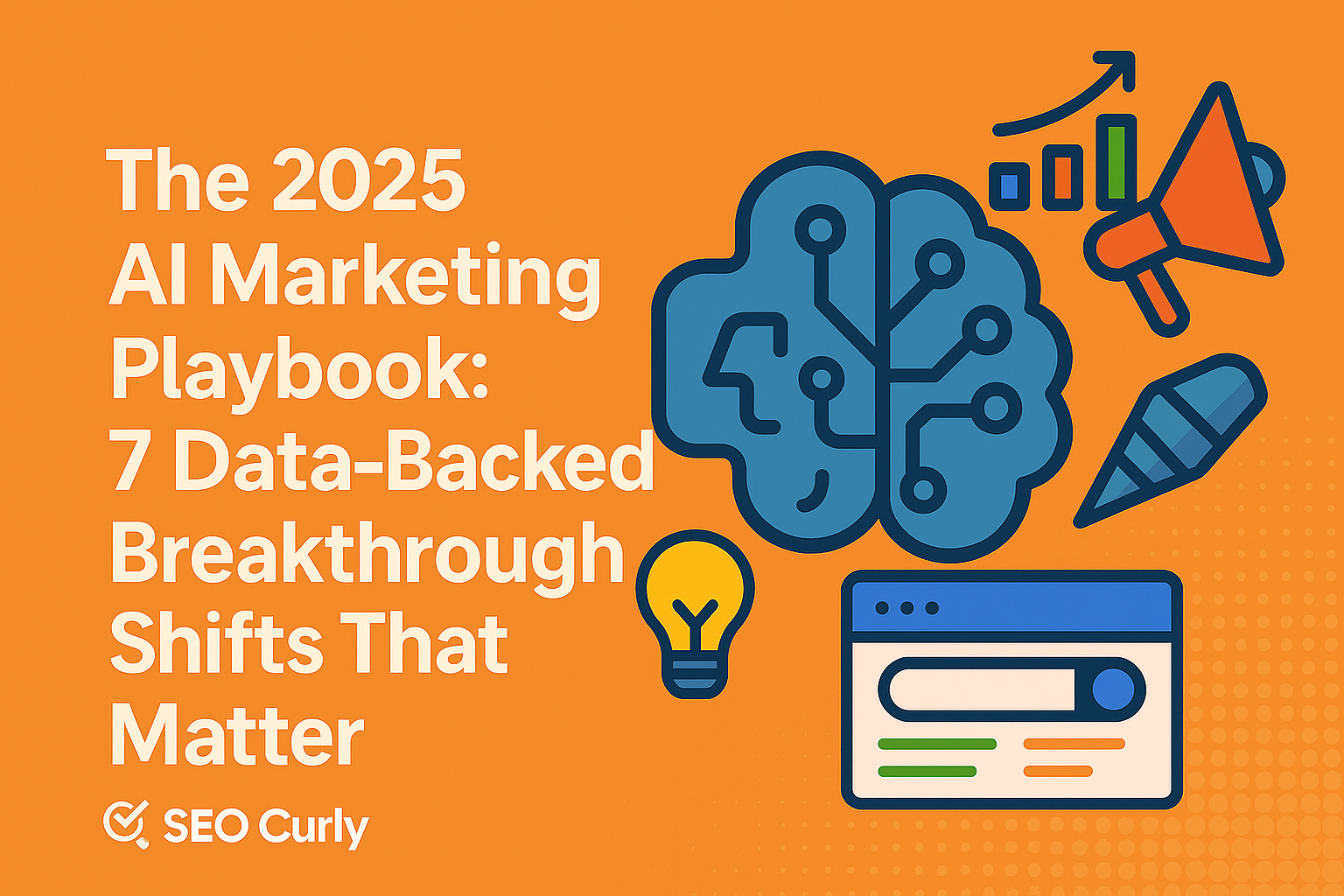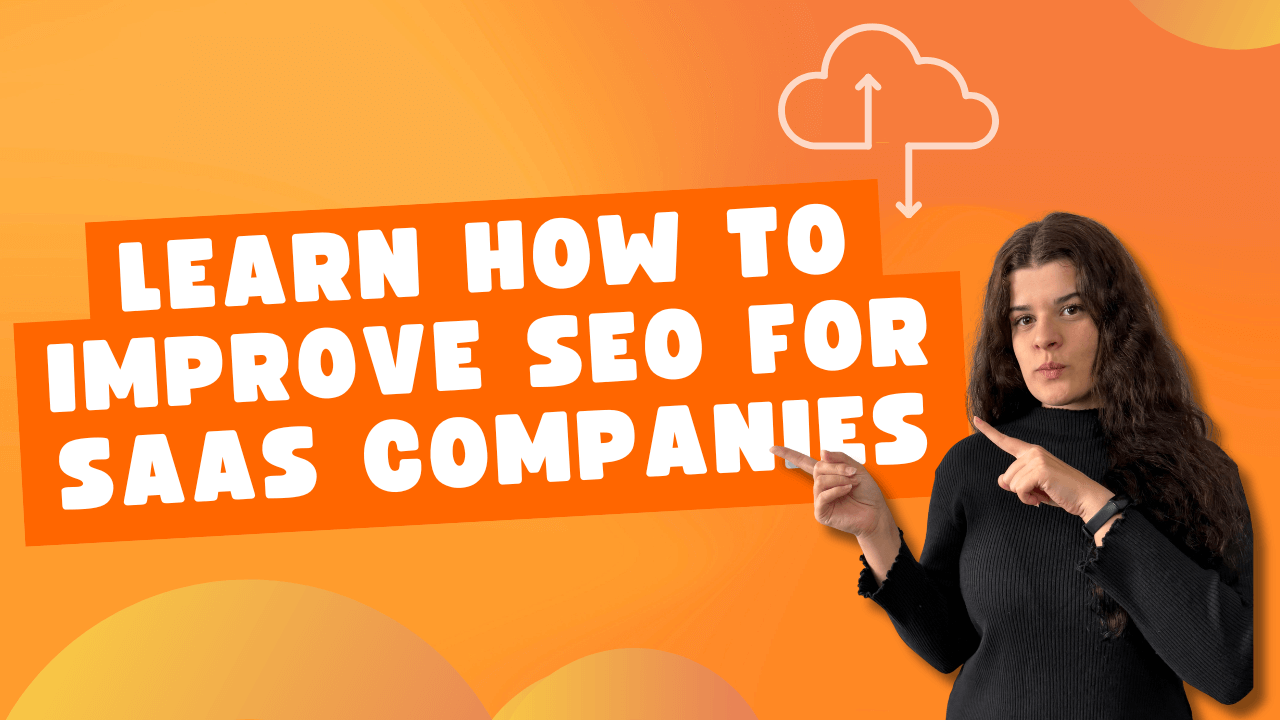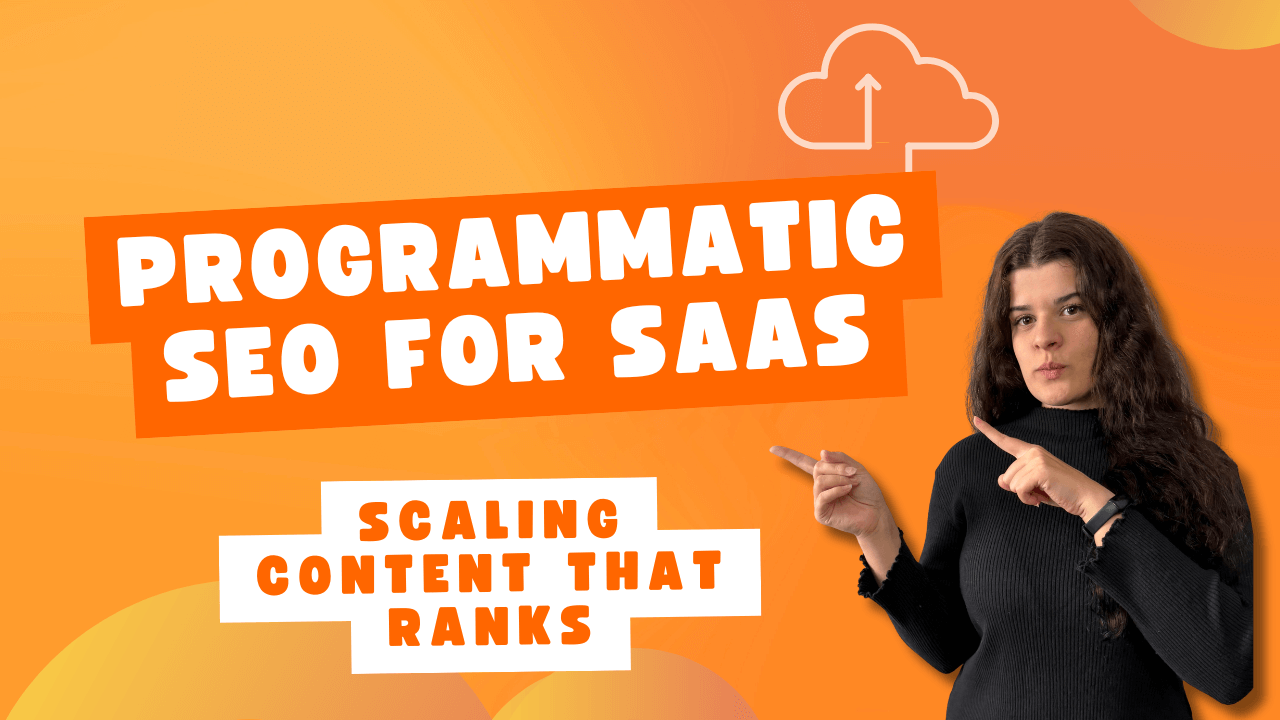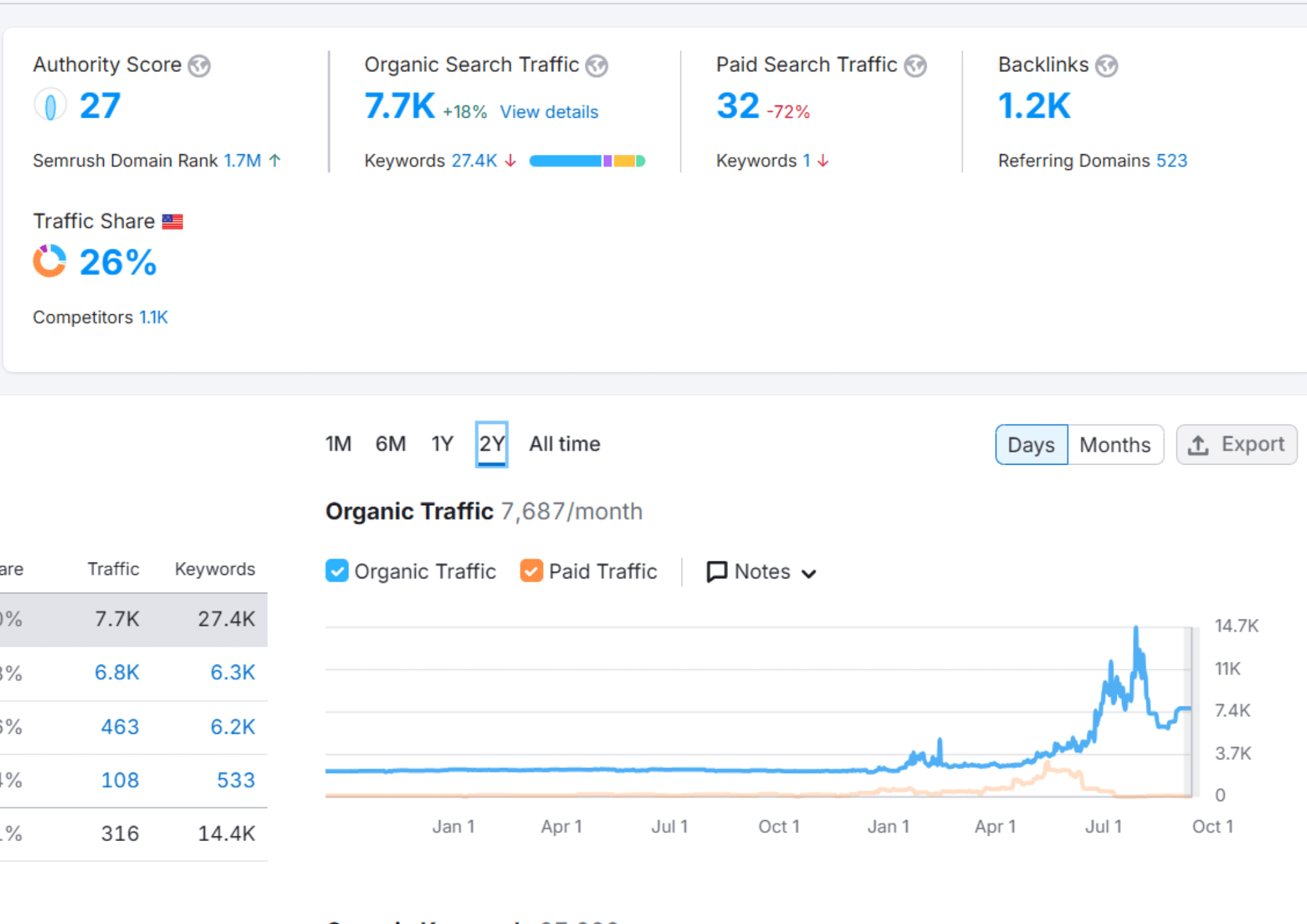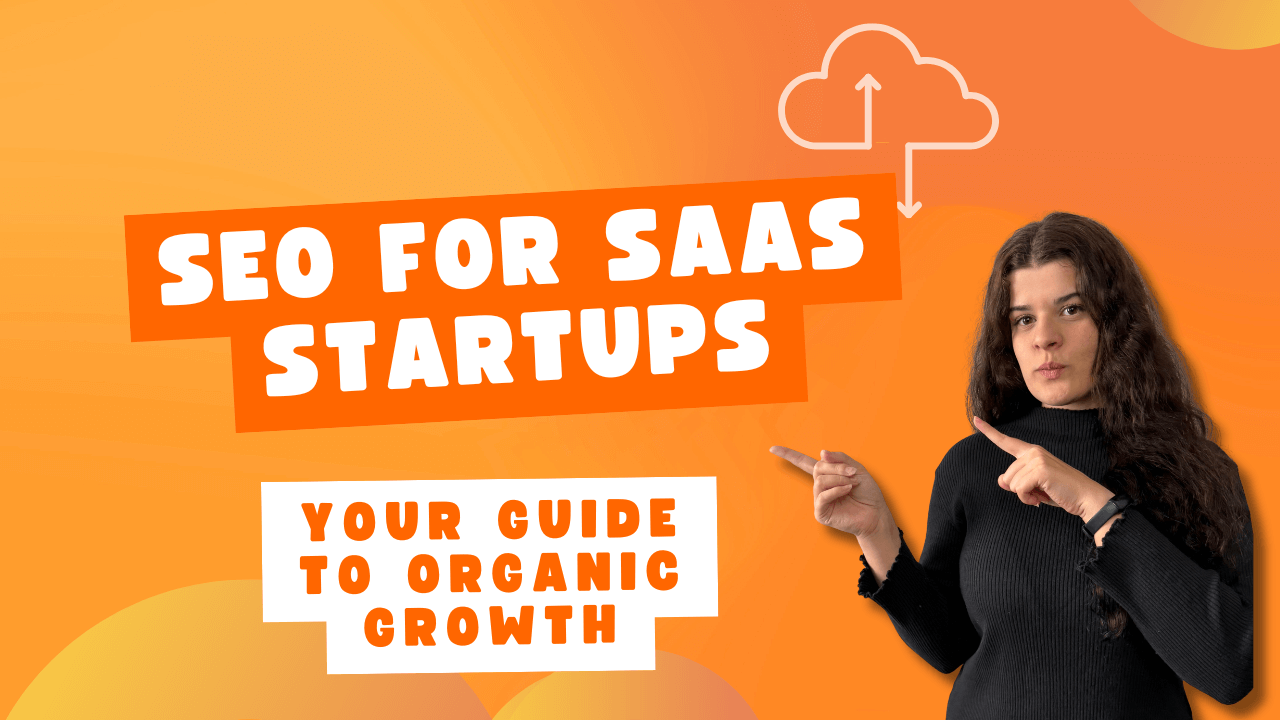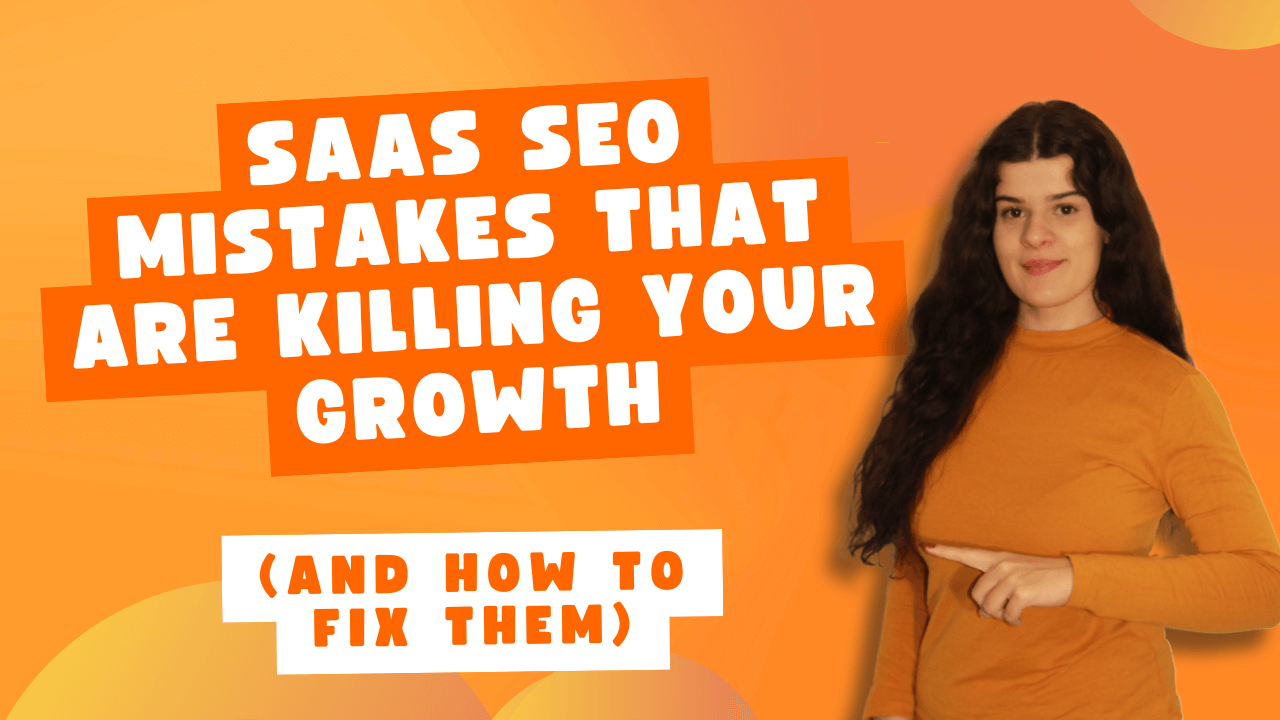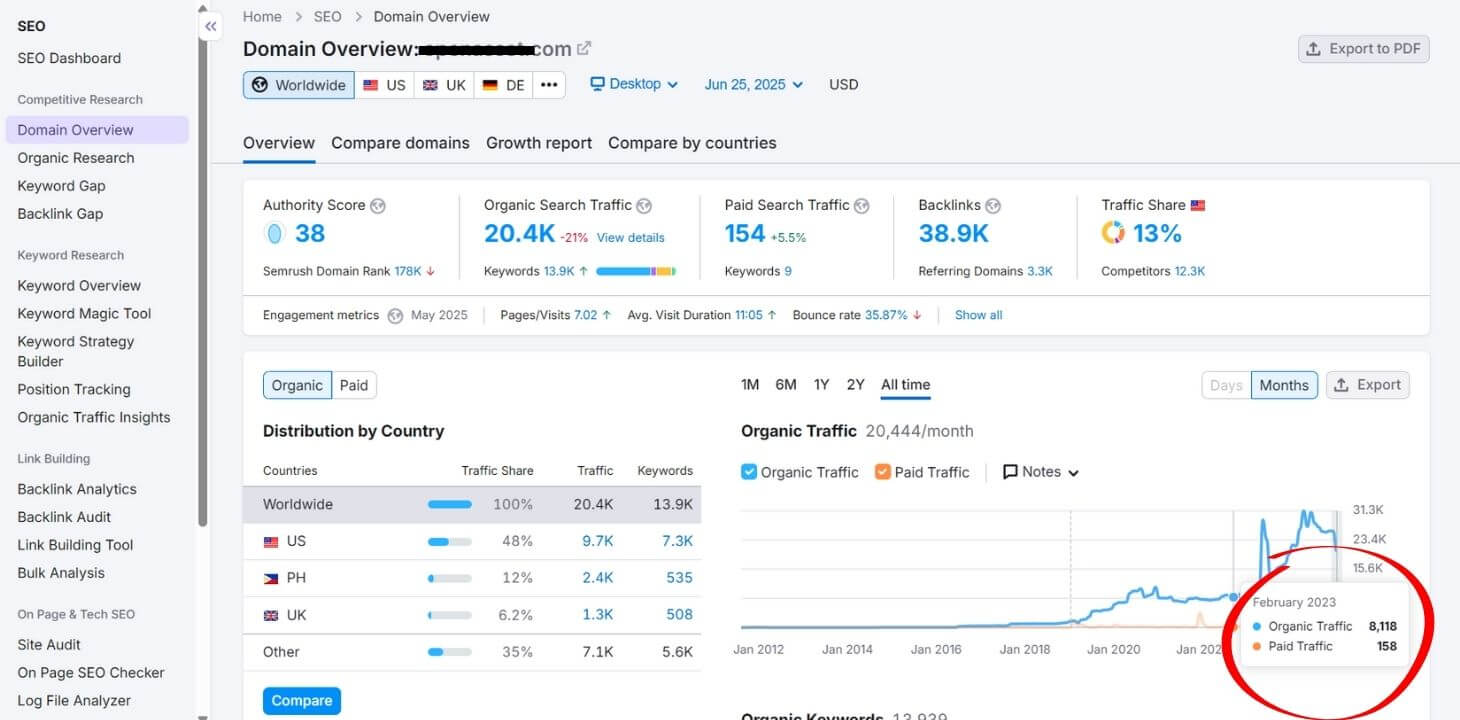Table of Contents
The Promise of Generative AI in Marketing
Let’s go back to late 2023 for a second.
Marketers across the globe were riding the high of AI breakthroughs—ChatGPT was no longer just a novelty, image tools like Midjourney were reshaping creative teams, and boardrooms were buzzing about “Gen AI strategy decks.” Hype was at an all-time high. But it wasn’t blind hype.

In a global survey from November 2023, 59% of marketers said generative AI had the greatest potential in copywriting. That’s right—copy, the eternal pain point of speed vs quality, was finally getting its AI-fueled productivity arc. Close behind were data analysis (53%) and market research (48%), areas that historically consumed hours of spreadsheet diving and dashboard wrangling.
Copywriting isn’t just a use case; it’s a revolution
Why copywriting? Because AI’s large language models (LLMs) like GPT-4 (and now GPT-4o) weren’t just predicting the next word. They were decoding tonality, adapting to voice, and spinning drafts in seconds. Whether you needed ad headlines, email flows, or SEO meta titles, Gen AI became the go-to intern that never slept.
But this isn’t just about automation. It’s about scaling creativity without burning out your team.
From brand storytelling to product launches, generative AI allowed teams to brainstorm faster, A/B test ideas, and optimize on the fly. It turned “I’ll get to this tomorrow” into “here’s three options right now.”
The data lovers weren’t far behind
The fact that data analysis came second isn’t surprising. Marketing teams today are flooded with metrics like engagement rates, CACs, LTVs, bounce rates, retention curves, scroll depths, you name it.
AI’s potential here isn’t just in crunching numbers. It’s in generating insights from chaos.
Imagine dropping a raw Excel sheet into an AI and getting:
- “Your top traffic pages are under-optimized for conversions.”
- “Customer churn is linked to email frequency spikes.”
- “Your TikTok audience overlaps with your email unsubscribers.”
This is analytics meets narrative, and Gen AI is bridging that gap.
Market research reimagined
Now here’s a twist: 48% saw market research as a high-potential use case, and they weren’t wrong. Traditionally, research meant long surveys, focus groups, and third-party reports.
With GenAI, it became:
- Instant sentiment summaries from Reddit or Amazon reviews.
- Persona generation based on niche audience behavior.
- Trend detection from social media chatter.
Marketers could now analyze conversations at scale, compare competitors with real-time content gaps, and pull actionable insights—all before lunch.
And then there’s the long tail…
Smaller yet significant interest areas included:
- Image generation (39%) for ads, thumbnails, social carousels.
- Customer service (37%)—think AI agents with empathy.
- SEO (30%)—we’ll talk about this more later.
- And software coding and dev tasks, surprisingly still low in marketing contexts.
There’s a clear message here: marketers believed in Gen AI’s creative + analytical power. The left and right brains of marketing, united by transformers.
But believing in potential is one thing. Using it at scale? That’s another story.
In the next section, we’ll see if marketers walked the talk or if Gen AI still sat on the shelf while old workflows held strong.
The Reality Check: Where Is Gen AI Actually Being Used?
If 2023 was the year of bold predictions, 2024 asked a more sobering question:
Are marketers actually doing what they said they would?
Because while it’s easy to say, “Gen AI will transform copy,” it’s another thing entirely to fire up the tools, integrate them into messy workflows, and ship results at scale.
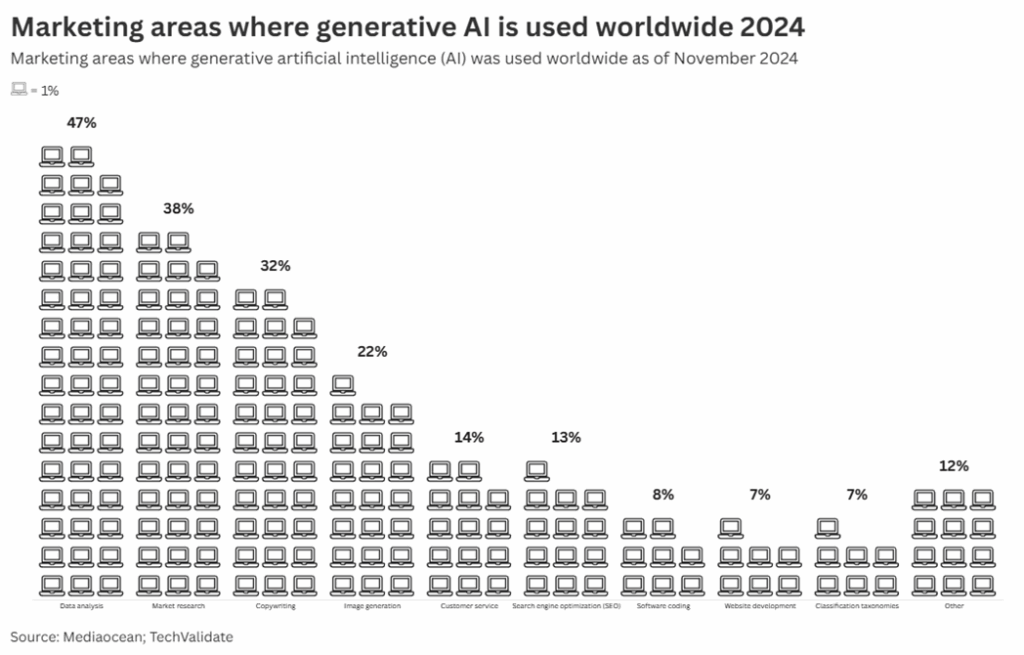
Let’s zoom into the numbers.
In a November 2024 survey, Data Analysis led the actual usage chart at 47%, overtaking Copywriting (32%), which, mind you, was the crown jewel in 2023’s expectation list.
So what happened?
The Excel-to-Insight dream came true
Data analysis is where Gen AI quietly won. Not in flashy AI-generated brand slogans or Midjourney masterpieces, but in real grunt work, turning CRM spaghetti and Google Analytics chaos into executive-ready insights.
Think dashboards that talk back. Think AI-powered data copilots suggesting which campaign to scale based on CAC/ROAS changes. Think personalized dashboards that answer in plain English:
“Email campaign C outperformed A & B in retention, but underdelivered on click-throughs in Gen Z users.”
Marketers love speed, but they worship clarity.
Copywriting: still promising, but messier in practice
Let’s talk about the elephant in the marketing war room.
Despite 59% of marketers naming copywriting as AI’s biggest potential (remember Section 1?), only 32% were actually using Gen AI for it in 2024.
Why?
Because unlike data, which is structured, copy is emotional, contextual, and brand-sensitive.
- AI writes fast, but often sounds bland.
- AI follows briefs, but misses nuance.
- AI generates ideas, but still needs a human filter.
For most teams, Gen AI became a drafting assistant, not a writer. Great for idea generation, average at first-pass copy, weak at final edits. Still useful, but not the copywriting utopia we imagined.
Market research kept its momentum
Let’s talk about the laggards:
- Customer service: only 14% adoption, despite chatbots being AI’s oldest trick.
- SEO support tools: 13%, which is shocking given how disruptive Gen AI has been to search (we’ll cover this in Section 3).
- Software coding (8%) and website development (7%) remained niche in the marketing world.
Also: 12% of marketers placed Gen AI into the “Other” bucket, likely meaning internal knowledge bases, internal comms tools, or AI for compliance and approvals.
So what’s the verdict?
The story so far is one of selective adoption.
- Marketers ran with Gen AI in places where output was scalable and input was structured.
- In areas requiring emotional tone, brand safety, or visual nuance, adoption stayed cautious.
- Meanwhile, the gap between potential and use revealed a deeper truth:
Gen AI is powerful, but only when paired with process, training, and smart human oversight.
And here’s the kicker: this gap isn’t necessarily a bad thing. It means there’s still untapped competitive advantage for those who move fast and implement smart.
But nowhere is that truer or more contested than in SEO.
In the next section, we’ll dig into how Gen AI is actively reshaping the world of search, rankings, and visibility.
SEO: A Disrupted Battlefield
Let’s not sugarcoat it.
Search in 2025 doesn’t look like search in 2022.
And the difference isn’t just in Google’s UI, it’s in who gets seen, how content is surfaced, and what “ranking” even means anymore.
For years, SEO was a game of:
- Crawlability
- Keyword relevance
- Link equity
- Structured data
But with Search Generative Experience (SGE) becoming the default interface for millions, and AI Overviews answering queries before you scroll, the goalposts have shifted.
And here’s the twist:
It’s not that SEO is dead.
It’s that classic SEO—as we knew it—is being quietly pushed to the edges.
The “Zero-Click” Future Is Here
Remember when SEOs worried about featured snippets stealing clicks?
Welcome to Phase 2 of that anxiety spiral.
SGE doesn’t just provide a featured snippet. It delivers a full answer block synthesized from multiple sources, quoted with links, and styled like a chat. And it shows up above the top-ranking pages.
Result?
- Traffic drops for brands not mentioned in the AI Overview.
- CTR compression for organic positions #2 to #10.
- And a new game: optimizing not for rank, but for reference.
You don’t just want to be on the page.
You want to be quoted by the machine.
Who’s Getting Quoted?

Early studies (like those by Authoritas and BrightEdge) show that authority sites, forums (Reddit, Quora), and niche blogs get favored in SGE answers.
So while big publishers still dominate, Google’s AI now sprinkles in real voices—creator content, product reviews, even personal blogs.
And this creates a strategic shift:
- Topical authority matters more than just domain authority.
- E-E-A-T (Experience, Expertise, Authoritativeness, Trustworthiness) isn’t just a guideline—it’s a machine-readable trust signal.
- Schema markup, inline citations, author bios, and helpful content scores are now SEO table stakes.
Gen AI’s Double-Edged Sword
Here’s the ironic part:
While Gen AI is disrupting SEO, it’s also powering a new wave of SEO tools.
- Need a 10-page topical cluster with meta titles and alt-texts?
→ AI can draft it in minutes. - Want to analyze 5 competitors’ backlink strategies and identify content gaps?
→ AI can crawl and summarize the opportunity set. - Trying to keep up with Google’s 800+ updates a year?
→ AI plugins can now dynamically adjust your content recommendations.
So marketers are caught in this push-pull:
- AI shrinks the traffic pie for many.
- But AI expands the efficiency pie for the ones who adapt.
The winners? They’re the ones using Gen AI not as a crutch, but as a scaling engine—pairing fast content creation with smart editorial judgment.
SEO Is Not Dead. But It’s No Longer Flat.
What do we mean?
SEO used to be a line:
Query → Ranking → Click → Result.
Now, it’s a web:
- AI-generated summaries
- Answer engines
- Rich snippets
- People Also Ask loops
- Search journeys that span SERPs, social, video, and even chat apps
Your SEO strategy today must consider:
- Multi-intent pathways
- AI visibility vs human clickability
- And yes, the fact that your content might teach the machine while never earning you a visit
So here’s the uncomfortable truth:
You can create content.
You can rank.
But you might still be invisible.
Unless…
You adapt to the new reality of SEO.

Social Media: The New Creative Playground for Gen AI
Let’s talk about the content factory.
In the past, social media content calendars were manually stitched together—one post at a time, one visual at a time. Every caption, every hashtag, every visual asset needed someone behind it.
Today?
You can generate 30 days of brand-aligned content in under 30 minutes. No agency. No retainer. Just prompts, parameters, and a few solid Gen AI tools.

In a 2024 global study, marketers identified their top five wins from using Gen AI in social content. The verdict?
Gen AI is no longer just a time-saver. It’s becoming a strategic creative partner.
The Top Benefits (and What They Really Mean)
Let’s decode the top five outcomes marketers cited:
- Generating post ideas
→ No more blank screens. Gen AI becomes your brainstorming partner, offering:- Hook lines
- Trend jacking angles
- Timely content tied to global or niche events
- Improving content quality
→ AI is now trained on viral patterns. It understands what hooks attention:- Use of curiosity gaps
- Micro-stories in carousels
- Emotionally intelligent phrasing
- Enhancing efficiency
→ For lean teams (especially startups), Gen AI compresses timelines:- One-click repurposing (e.g., blog → tweet threads → Reels scripts)
- Brand voice libraries that ensure consistency
- Saving on external agency costs
→ The $5,000/mo social media retainers? You might not need them anymore.- Internal teams are using AI to scale in-house creative.
- More control. Less overhead.
- Personalizing content to audiences
→ AI tools are now capable of suggesting tone, timing, and format per audience type.- LinkedIn for thought leadership
- Instagram for aspirational storytelling
- TikTok for raw authenticity
That’s not just smart marketing. That’s smart distribution powered by smart generation.
But Here’s the Trap: Scale vs Spam
Just because Gen AI can create doesn’t mean it should—at least not without strategy.
We’re already seeing content fatigue on some platforms. Scroll through Instagram or X for 10 minutes, and you’ll find:
- Vague carousels with no unique angle
- ChatGPT-written quote graphics repurposed with Canva templates
- Thought leadership that reads like a dictionary entry
The problem?
When everyone uses the same tools the same way, novelty dies fast.
Content may be king.
But creativity is still the crown.
So, What’s Working?
The brands using Gen AI well don’t just create more—they create smarter:
- They use AI to generate content formats, not just filler posts.
- They use predictive analytics to choose when and where to post.
- They use visual Gen AI (Midjourney, Ideogram, DALL·E) to build thumb-stopping assets that align with trends but still carry originality.
And most importantly, they keep humans in the loop.
AI drafts.
Humans shape.
AI scales.
Humans direct.
That loop? That’s where real leverage lives.
The Bigger Picture: Social as an AI Petri Dish
Social media isn’t just another channel.
It’s the real-time lab where marketers test what AI can do:
- How fast can it keep up with trends?
- How well can it adapt brand tone?
- How far can it go before users tune out?
The answers to these questions are shaping how AI is being adopted across all of marketing—from email to ads to influencer partnerships.
Investment Momentum: Where the Money Is Flowing
Let’s talk money.
Because if you want to know where a technology is headed, don’t just listen to headlines—follow the capital.
In the case of generative AI, the money trail doesn’t just suggest belief. It screams conviction.

Between 2021 and 2023, U.S. investment in generative AI jumped to $19.8 billion—and more than two-thirds of that ($12.9B) went into two very specific areas:
- Large Language Models (LLMs)
- AI-powered search engines
That’s not a casual bet. That’s the AI equivalent of going all-in.
The Why Behind the Wallets
Let’s break down the logic:
- LLMs power the entire Gen AI ecosystem
→ Whether you’re drafting content, generating code, summarizing a PDF, or talking to a chatbot—there’s an LLM behind it. - Search is being rewritten
→ Google’s SGE and ChatGPT’s integration with Bing aren’t just UI upgrades. They represent a total rethinking of the customer journey. - And for VCs and Big Tech, that means one thing:
Whoever controls how users ask and receive information… controls the future of marketing.
The $1 Trillion Forecast
Now zoom out.
The Gen AI market (tools, models, platforms, applications) is projected to grow from $136 billion in 2024 to over $1.3 trillion by 2030.
That’s a 10X expansion in under a decade.
This isn’t a wave.
It’s a flood.
And marketers are either building boats… or getting washed away.
What Does This Mean for Marketing Teams?
It means the AI tools we’re casually using today—ChatGPT, Jasper, Canva AI—are just the first layer. The real innovation (and competition) is coming in:
- Verticalized Gen AI platforms
→ Think AI built specifically for fashion brands, real estate, SaaS, FMCG. - Embedded AI in existing stacks
→ HubSpot, Salesforce, Adobe, Notion, Shopify—they’re not just integrating AI, they’re rebuilding their products around it. - Autonomous agents
→ Tools that don’t just assist, but act on your behalf: generating, testing, scheduling, analyzing… and improving in loops.
For CMOs and growth leads, this means two things:
- You’ll soon be choosing not just which AI to use, but which AI ecosystem to commit to.
- Your tech stack decisions now carry exponential leverage—or risk.
Marketing Is Becoming a Capital Game
Here’s the quiet shift no one’s talking about:
In a pre-AI world, creativity and intuition were king.
In an AI world, tool access, capital, and implementation velocity matter just as much.
Startups with strong AI pipelines will outperform big brands with clunky legacy systems.
Agencies that build AI into their workflows will outpace those still charging hourly for manual work.
And the marketers who master Gen AI early? They won’t just optimize campaigns.
They’ll redefine the benchmarks.
The Competitive Landscape: Who’s Winning the AI Traffic War?
Let’s be honest.
When generative AI exploded into the public sphere, everyone had the same question:
“Which AI tool should I actually be using?”
And in typical internet fashion, people didn’t wait for whitepapers—they just started Googling, clicking, and switching tabs like it was the Olympics.
That’s where the real battle began: not in features, but in traffic.

Fast forward to mid-2024, and the traffic numbers are in. The winners?
- ChatGPT – 36.78%
- Gemini (Google) – 35.26%
- Then a sharp drop-off: Claude (7.95%), Copilot (5.32%), Perplexity (3.15%), and others trailing behind
The Duopoly No One Saw Coming
It’s officially a two-horse race: OpenAI vs Google.
Let’s break it down:
- ChatGPT (OpenAI)
→ The crowd favorite.
→ Built for writing, ideating, summarizing, and coding.
→ U/X that feels like talking to a very smart intern—minus the coffee breaks. - Gemini (Google)
→ The legacy giant’s response.
→ Feeds off Google’s massive search ecosystem.
→ Context-aware, multi-modal, integrated with Drive, Docs, YouTube—it’s a productivity-first play.
This duopoly reflects a deeper divide:
- ChatGPT is the tool you go to create
- Gemini is the tool you go to coordinate
But in terms of raw user behavior, the difference is marginal. One month, ChatGPT wins. The next, Gemini closes in.
And the rest?
They’re niche… for now.
What About Everyone Else?
Let’s not dismiss the underdogs.
- Claude (Anthropic) is gaining traction among developers and researchers for its constitutional AI model and privacy-first angle.
- Copilot (Microsoft) is quietly embedding itself across Office apps—meaning enterprise users are likely touching it daily without even noticing.
- Perplexity.ai has become a favorite for real-time, citation-backed search that feels like Google, talks like ChatGPT.
- You.com, Mistral, and others are nibbling at the edges with vertical plays.
This fragmentation might seem chaotic, but it points to a future where:
- You don’t use one AI.
- You use a stack of AI models, each for a specific need: writing, research, coding, design, project management.
What This Means for Marketers
- Tool Choice Now Affects Output
→ The quality of your AI-generated content, insights, and analysis depends on the model. GPT-4 vs Gemini vs Claude produce different styles, tones, and levels of context understanding. - Integration is Everything
→ It’s no longer about standalone chatbots. Marketers need tools that plug into existing workflows (CMS, CRM, social schedulers, ad platforms). Gemini’s edge? It lives inside Google Workspace. ChatGPT’s edge? It has plugins, custom GPTs, and API-level customization. - Being Early = Being Visible
→ Brands that optimize for AI-generated summaries today are getting referenced more in AI answers, suggested more in auto-recommendation flows, and indexed differently.
Think of it like SEO in 2010:
The landscape is still forming.
The rules aren’t fixed.
And the real estate you capture now might define your visibility for the next 5 years.
So where does all this lead?
That’s what we’ll explore in the final section: From Disruption to Integration – What the Future Demands of Marketers.
From Disruption to Integration: What the Future Demands of Marketers
So here we are.
We’ve walked through the data, the hype, the adoption gaps, the SEO chaos, the creative revolution, the billions in funding, and the power players fighting for your prompt.
But here’s the truth no dashboard shows:
AI isn’t here to replace marketers. It’s here to challenge their defaults.
Because the biggest risk today?
Isn’t missing out on the next AI tool.
It’s operating like AI doesn’t change the fundamentals of how marketing works.
The 3 Shifts Already Happening
Let’s boil down what the last six visuals really revealed:
1. From Potential → Prioritization
- Marketers talked big about what AI could do. But only a few areas actually saw meaningful adoption.
- That’s not a failure. That’s a filter.
- The smart teams are doubling down on where Gen AI adds compound value—and ignoring the rest.
2. From Outputs → Systems
- We’ve moved past “Generate me a blog post.”
- The winners are building AI-powered content systems:
Research → Draft → Cluster → Personalize → Publish → Analyze → Retarget
All in one loop. All AI-augmented.
All human-led.
3. From Tools → Teams
- AI won’t win you a campaign.
- But a team that knows how to prompt, test, edit, and adapt with AI? That team will.
- It’s not about which platform you buy—it’s about how your team thinks, builds, and iterates.
The Marketer’s New Mandate
Let’s not pretend this is easy.
AI is confusing, messy, biased, and evolving every two weeks.
But here’s your new job description:
- Learn the tools—but don’t marry them
- Use AI to scale—but never at the cost of resonance
- Let AI generate—but always edit like a human
- Build workflows that compound intelligence, not just content
And above all: don’t just prompt the machine—teach it what matters to your audience
Where Do We Go From Here?
- Gen AI is not a passing phase.
It’s the new operating system of modern marketing. - Most brands are still in the “play” phase.
A few have entered the “integrate” phase. That’s where the compounding starts. - You don’t need to master everything.
But you do need to move. Because AI doesn’t reward perfection.
It rewards velocity.
One Final Thought
When electricity was invented, people asked if it would replace candle makers.
When the internet came, businesses asked if it would “really matter long-term.”
And now, with Gen AI, we’re asking the same thing.
History’s answer is always the same:
It’s not about whether the tech survives.
It’s about whether you evolve fast enough to make it work for you.
Let’s make it work.
Follow us on:
for more

